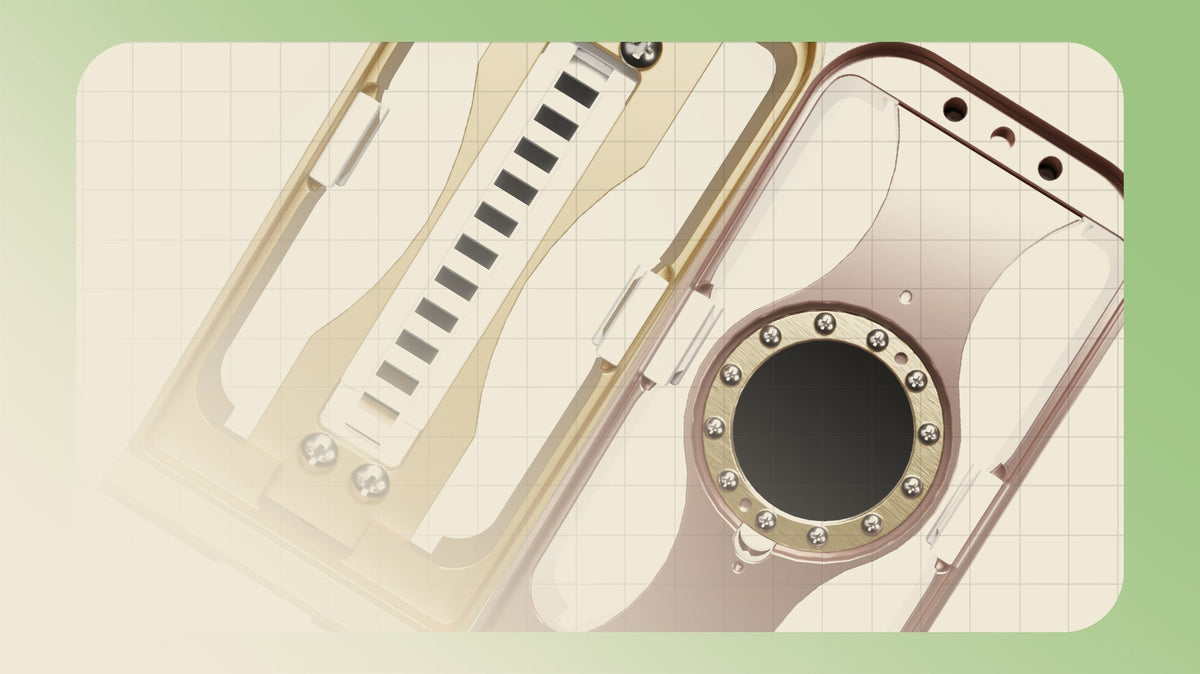
What is the difference between a ribbon and a condenser?
|
|
Time to read 2 min
|
|
Time to read 2 min
Whether you're a musician, podcaster, or just need one for work, there are a few things you should know before you start using your first microphone. In this article, we'll cover the basics of microphones, how to choose the perfect one for your needs.
Microphones are devices that capture sound. They come in all shapes and sizes, and can be used for a variety of purposes.
There are three basic aspects to consider when choosing a microphone: the type of microphone, the pickup pattern, and, of course, what you're going to be using it for!
With so many options on the market, it can be daunting to try and choose the perfect one for your needs. But don't worry, we're here to help.
The type of microphone is the first thing to consider. There are three main types of microphones: condenser, dynamic, and ribbon.
Condenser microphones are the most popular type of microphone. They are versatile and can be used for a variety of tasks, from recording vocals to capturing the sound of a live event.
Ribbon microphones are typically used in studios, as they produce a very clear and accurate sound.
Dynamic microphones are best suited for live performances, as they can handle high levels of sound without distorting.
All three microphones have their advantages and disadvantages, so the best choice for you will depend on what type of sound you want.
The second aspect to consider is the pickup pattern. There are three main types of pickup patterns: cardioid, omnidirectional, bidirectional.
Cardioid microphones are the most popular type of microphone. They are named for their heart-shaped pickup pattern, which allows them to pick up sound from the front of the microphone while rejecting sound from the sides and back.
Omnidirectional microphones pick up sound equally from all directions. They are often used in recording studios, as they provide a more natural sound.
Bidirectional microphones, also known as figure-of-8, pick up sound from the front and back sides of the microphone. Most ribbon microphones are inherently bidirectional – which means they'll always pick up sound on both sides of the mic! This can be fun when you're recording acoustic music in which the ambience of the room tone helps the recording sound more natural.
When it comes to choosing a microphone for your recording needs, there are a lot of factors to consider. Taking the time to research each option and find out what best suits your situation is essential. From budget microphones to top of the line models, there are endless possibilities when it comes to purchasing the right equipment for your studio. With a bit of diligence and research you can find the perfect microphone that fits both your sound and budgetary needs.
Our microphones come with a variety of features to fit different needs. With options like cardioid (condenser) and bidirectional (ribbon) capabilities, you can find the right microphone for your particular project.
Our microphone screens provide a unique level of flexibility and customization for sound engineers and musicians alike. With a range of tonal options, designers can easily shape the sound to their needs. And with a variety of colors and finishes available, you can create the perfect look to match your style. Combined with its quality construction and superior sound capturing capabilities, Ohma World microphones are some of the most versatile option on the market today.
Ohma World microphones offer a truly inimitable sound capturing experience. From the beginning enthusiast to professional audio engineers, they provide an unparalleled selection of looks and exceptional sonic capabilities — helping you unlock your ultimate recording journey.